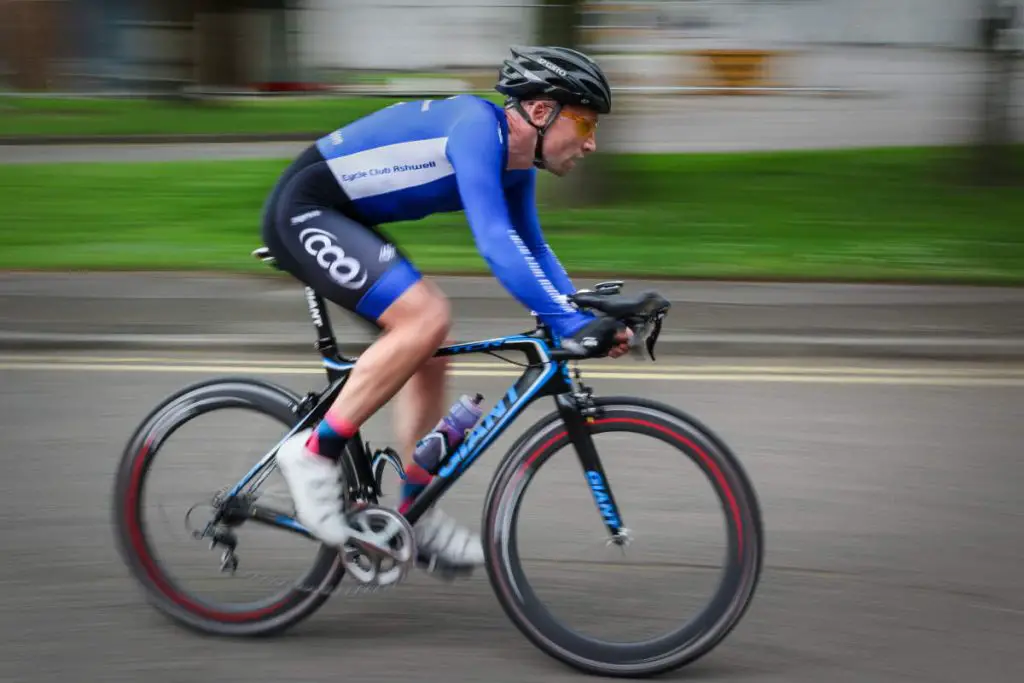Brands matter to cyclists, as is evident from the sales figures of global giants like Trek, Cannondale, Colnago, Bianchi, and Raleigh. Each cycling specialty has its own niche brands, of course, though interestingly, many of the same brands appear in ‘Top 10’ lists of various bike and travel magazines, owing to their reputation for sturdiness, maneuverability, and quality.
As stated in a report published by the Freeride ad agency, brand success is very much dependent on the ability to connect with a specific tribe of cyclists. In fact, the report begins with a warning: “Don’t assume all cyclists are the same. The wrong message to the wrong tribe is a waste of time and money, and can impact a brand’s credibility.” What elements of brand building indicate that brands are serious about the needs and demands of cyclists?
Great Brands Know Their Target Market
Freeride has identified the different tribes that make up the cycling world. The list includes commuters, occasional cyclists, enthusiasts (who ride at least three times per week), competitors, triathletes, and mountain bikers.
Brands that know and value cyclists use the right language, colors, and imagery to appeal to their target tribe. If you are a mountain biker, for instance, your eye will instantly veer towards brands presenting riders in full helmets, ultra-sturdy clothing, and resistant gloves. All these elements may surely remind you of the thrill that a steep downhill ride can afford.
The Importance Of Great Content
Content brings authority and credibility to any brand, but it also provides riders with good reasons to visit a brand’s page regularly to check out the latest news, stories, and interviews.
Around 72% of marketers report that quality content marketing increases engagement, and currently, 60% of all marketers create at least one piece of content every day. Valuable brand marketing should not only connect with its target rider market but also be sensitive to general audience sentiment.
For instance, diversity in digital marketing is one of the strongest forces shaping the industry and it is a quality that younger generations (millennial and Gen-Z) value greatly in e-commerce.
A brand’s text and images should be accessible and appeal to diverse groups – including women, African and Asian Americans, and members of the LGBTQ+ community.
A Nielsen Sports report has found that 84% of sports fans find women’s sport more ‘inspiring’ and ‘progressive’ than male versions and brands like Nike have taken notice, with the latter putting women at the heart of its ‘Dream Crazier’ campaign.
Committed Brands Employ The Right Tools

There are a plethora of marketing tools that enable marketing agencies to know more about the cycling culture and the type of content riders crave. HubSpot, for instance, offers an all-in-one inbound marketing, CRM, and sales suites that enable marketers to create and optimize content.
WordPress, meanwhile, is ideal for websites or blogs, as it allows for visitor tracking and a host of plugins to hone their marketing process. Google Analytics is also key to analyzing how users engage with content and ads.
Programming tools such as HootSuite enable marketers to plan social media content way in advance and to ensure content is uploaded during optimal times. If you are a serious rider, then you probably follow a host of Instagram accounts that regularly post at the times you are most likely to have spare moments to check out the very latest in sportswear and cycling gear.
Riders are very brand aware, with each tribe connecting to distinct brands based on interest and needs. When it comes to choosing brands to connect with, riders value those that provide great, well-timed, personalized content that results from keen research into the cycling culture. Employing the right tools enables brands to post targeted content at the times that riders are most likely to be online.
- For Cyclists, Rest Days Are Essential To Avoiding Long-Term Injury - June 27, 2023
- Why Cyclists Need Complex Carbohydrates For Enhanced Endurance - February 12, 2022
- 5 Essential Vitamins And Minerals That Cyclists Need - September 5, 2021
